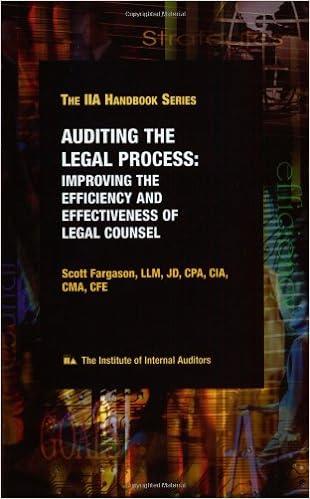
4. A deposit into a savings account earns interest, which is just a fraction of your deposit added to the total at regular intervals. (a) Suppose your account earns 8% each year and that interest is compounded once a year (that is, 8% of the amount is added each year). How much money will you have after 5 years with an initial deposit of $100? After N years? (b) Now suppose the interest is compounded monthly. How much will you have in the account after 5 years? (c) Write down a difference equation that describes how the account value is changing. Suppose the annual interest rate r is compounded n times per year. Your difference equation should look something like Ak+1 Ak = ??. (d) Now suppose the bank makes its payments more and more often: daily, hourly, every minute, every second, eventually to continuously. What will your difference equation look like if interest is compounded continuously? Hint: Let A(t) = Ak and let At = 1, then find an expression for AA = Alt + At) A(t). In the limit as At +0, you should get a differential equation. (e) Compare the return after 5 years on two accounts with A0 = $100 and r = 8% one compounded monthly and one compounded continuously. What kind of account do you want to invest in? 4. A deposit into a savings account earns interest, which is just a fraction of your deposit added to the total at regular intervals. (a) Suppose your account earns 8% each year and that interest is compounded once a year (that is, 8% of the amount is added each year). How much money will you have after 5 years with an initial deposit of $100? After N years? (b) Now suppose the interest is compounded monthly. How much will you have in the account after 5 years? (c) Write down a difference equation that describes how the account value is changing. Suppose the annual interest rate r is compounded n times per year. Your difference equation should look something like Ak+1 Ak = ??. (d) Now suppose the bank makes its payments more and more often: daily, hourly, every minute, every second, eventually to continuously. What will your difference equation look like if interest is compounded continuously? Hint: Let A(t) = Ak and let At = 1, then find an expression for AA = Alt + At) A(t). In the limit as At +0, you should get a differential equation. (e) Compare the return after 5 years on two accounts with A0 = $100 and r = 8% one compounded monthly and one compounded continuously. What kind of account do you want to invest in







